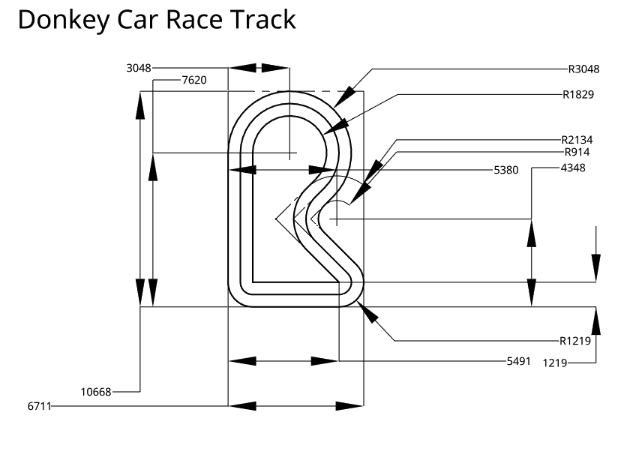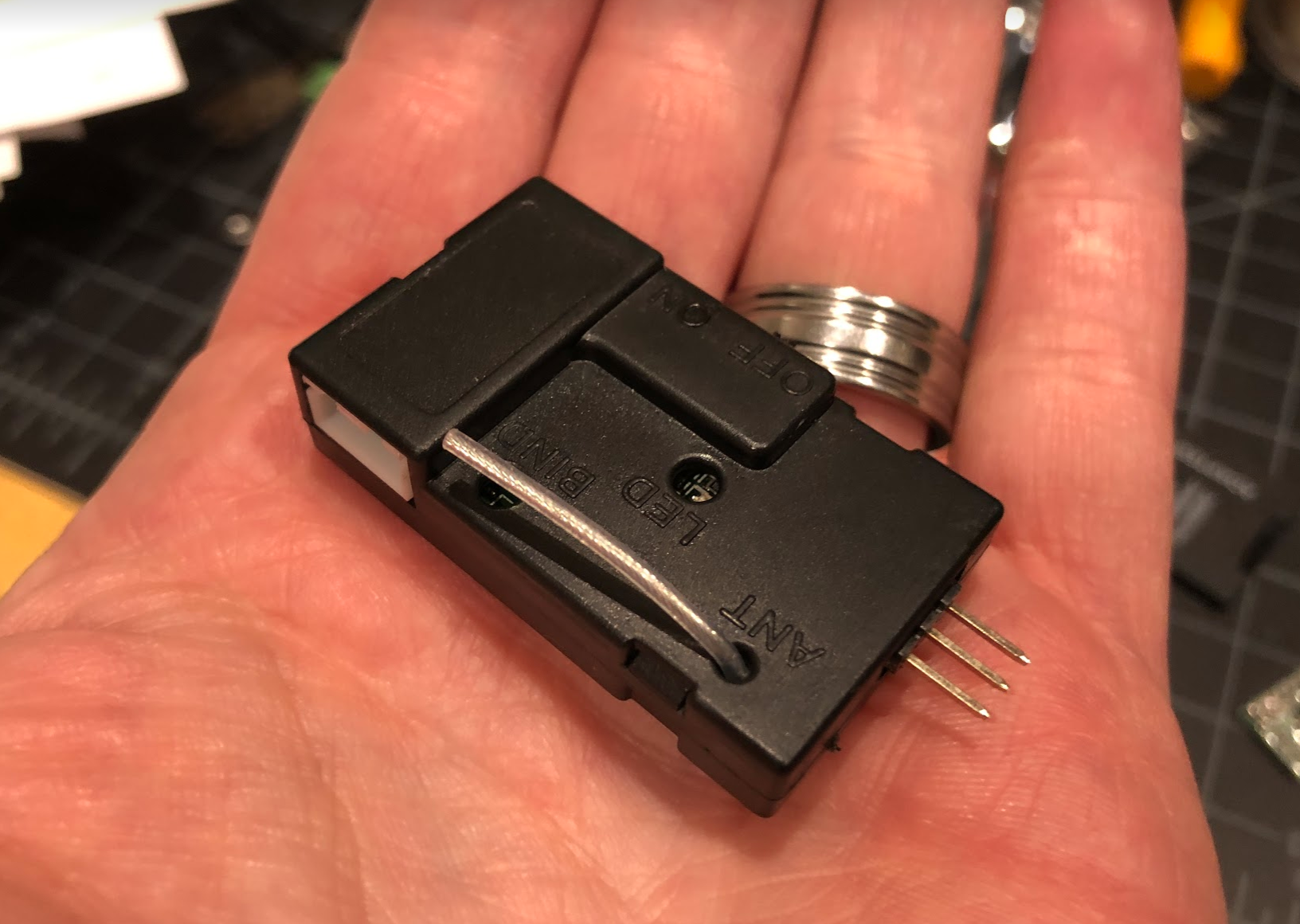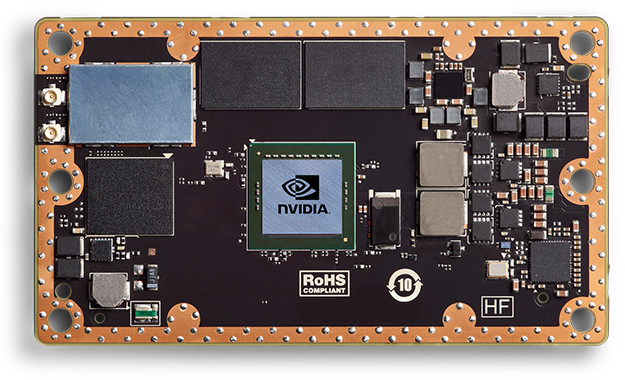Self Driving Hobby Cars & AI (Donky Car, etc)
RC CAR + Raspberry Pi + Python (tornado, keras, tensorflow, opencv, ....)
Select an RC car, getting started
DIY Robocar stages races of autonomous cars
The San Francisco Bay Area is the mecca of DIY Robocars groups with 8
The closest to O.C. is Los Angeles: LA DIY Robocars (no races yet...)
 |
| 1/10th scale: 6 foot wide course with borders in 25mm – 53mm (1-2 inch) wide white tape. |
---- Components ---
A USC Professor created the Jevois. Combining video camera and Linux based processor/gpu with Raspberry Pi class of power combined in one tiny package, it's an easy way to add image recognition to a project.
Software support is pretty good, standard system image is loaded with lots of code, runs OpenCV, Darknet YOLO, TensorFlow, MobileNets, SqueezeNet, etc.
Some code modules interface through USB some use serial, suitable for plugging into an Arduino.
Makes sense for autonomous portable devices, any application that connects to a PC is probably better served by a simple camera feed to modules running on the more powerful processor in your PC, where better frame rates and more complex image detection are feasible.
$100 car that tracks simple targets 5:56
A lengthy lecture by the professor
There is a nice demo video of Road Navigation I could not locate. Here's the Module Documentation.
-------
I thought I saw a combined receiver and motor controller on one guy's project, the Donky Car docs mention: integrated RX and ESC - typically these should be avoided
Must have a separate ESC and reciever. Some of the cheaper cars have these combined so it would require soldering to
connect the Donkey motor controller to the ESC.
Also:
If you buy a car with a brushless motor included it is invariably a
sensorless brushless motor and will need to be replaced along with the
ESC. (poor low speed control with no sensor)

Simple OpenMV motor controller shield using H bridge to make 2 wire motor reversible $20
Here's a generic motor controller (not Arduino specific shield) for $6.89
Can drive one 2-phase stepper motor, one 4-phase stepper motor or two DC motors.
3A MAX, continue current 2A, power to 25w.
High Power, Compact AI GPU Processor
Nvidia, the graphic design and gamer video GPU processor maker has expanded into AI in a big way, they provide small, power efficient modules with desktop computing power.
Their solution for autonomous machine AI is called the NVIDIA JETSON SYSTEMS
At the lower end is the Jetson TX1 with 256 NVIDIA CUDA® cores, 64-bit CPUs sells for
Their high end module is the Jetson AGX Xavier Module, it goes for $1,399.00
512-core Volta GPU with Tensor Cores, 8-core ARM v8.2 64-bit CPU, 8MB L2 + 4MB L3
16GB 256-Bit Memory, 32GB eMMC 5.1 Storage, in a 105 mm x 105 mm size board.
NVIDIA Jetson AGX Xavier Developer Kit goes for $1,299.00 (at Amazon)
(I don't get the pricing, why less than the standalone board?)
NVIDIA also makes high end AI desktop computers made to reduce training times significantly
The DGX Station, world's most powerful
desk-side computer with the power of 400 CPUs
- 400 TFLOPS (GPU FP16)
- Deep learning training 30,000 images/sec inferencing with Volta
- 2,560 NVIDIA Tensor Cores
- 20,480 NVIDIA CUDA Cores
- 64 GBGPU Memory
- Intel Xeon E5-2698 20 Core, 2.2Ghz CPU
- 256 GB DDR4 System Memory
- Water Cooled
Introductory price discounted to $49.900
The NVIDIA® DGX-2™is the first 2 petaFLOPS system that combines 16 fully interconnected GPUs for 10X the deep learning performance, selling for a mere $399,000
--------------------------------
Adding Car Sound
There's a feature I would like to see them add to the human driven full size race car class, Formula E. Only hearing the sound of straight cut gears whine is boring, compared to screaming engines (we already have to settle for 6 cylinder formula 1 engines, instead of the exotic 12 cylinder engines of old.)
 |
| Formula E, Gen2 car |
DIY Robocars might make a good test platform for developing such virtual engine effects.
There are software synthesized engine models being used in some console driving games, these same engines have also been used in real car accessories, so your Tesla can sound like a Ferrari in the cockpit.
Better Systems plug into your car's OBD-II diagnostic connector to get throttle and rpm data, (instead of trying to estimate rpm from alternator whine in your +12v power.) enginevox.com costs $256. (ouch)
Some cars are factory equipped with engine sound enhancers built in, my VW has a Soundactor speaker, under the dash board that makes things feel more racy inside without adding outside sound pollution,











Comments
Post a Comment